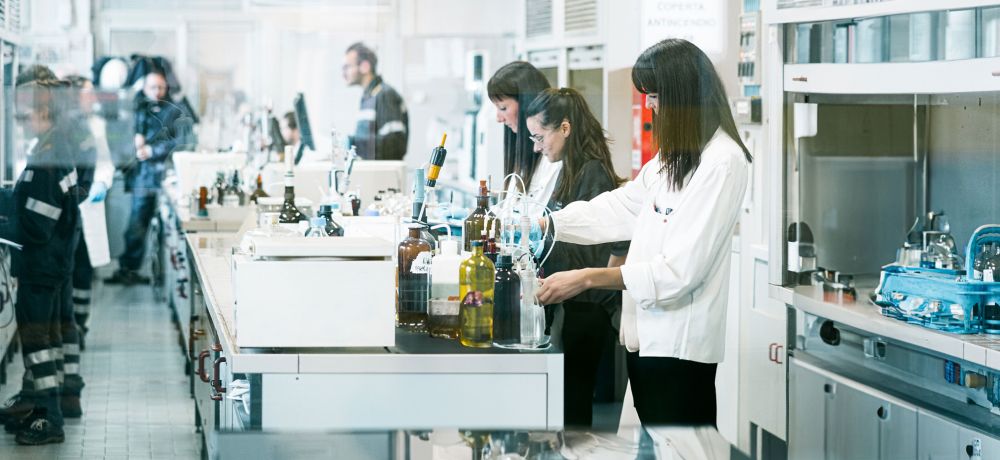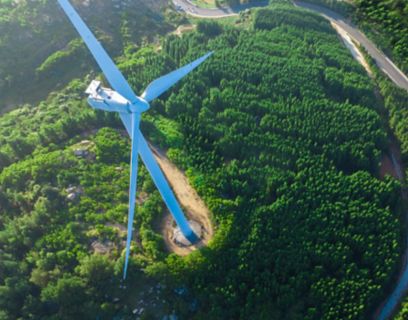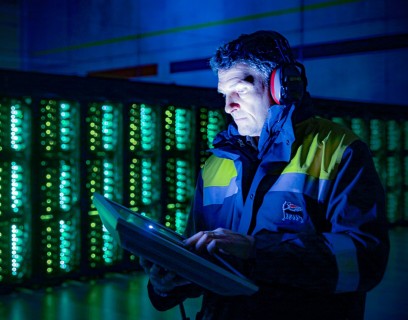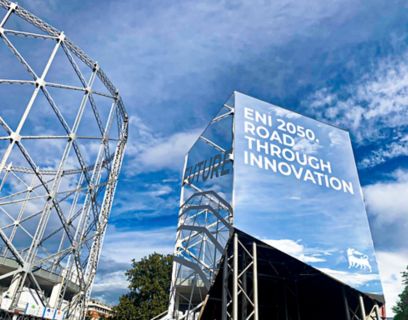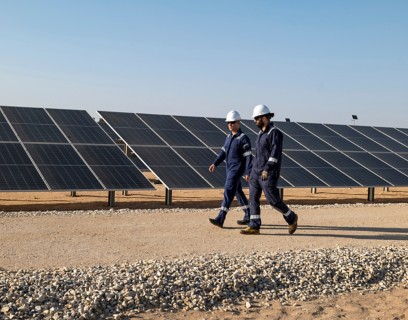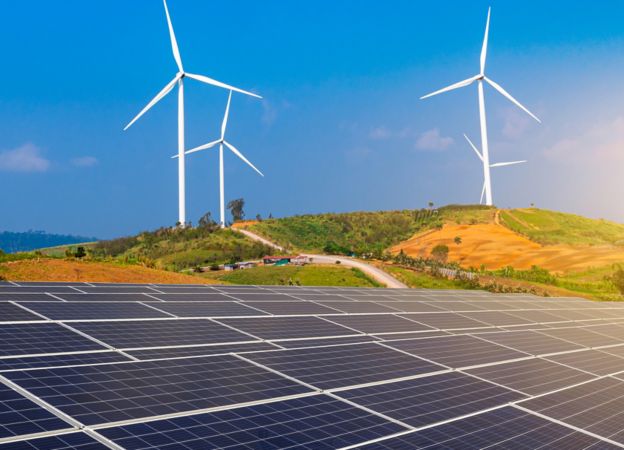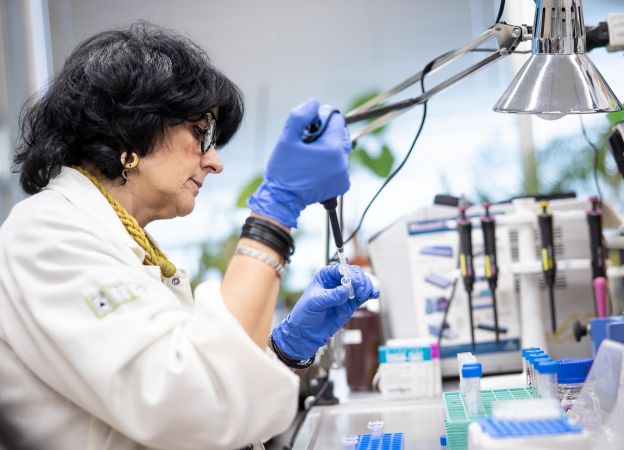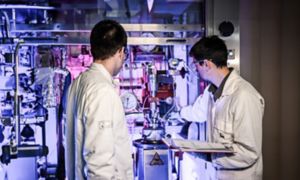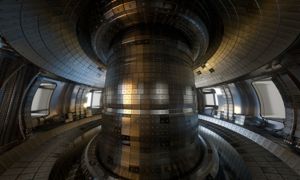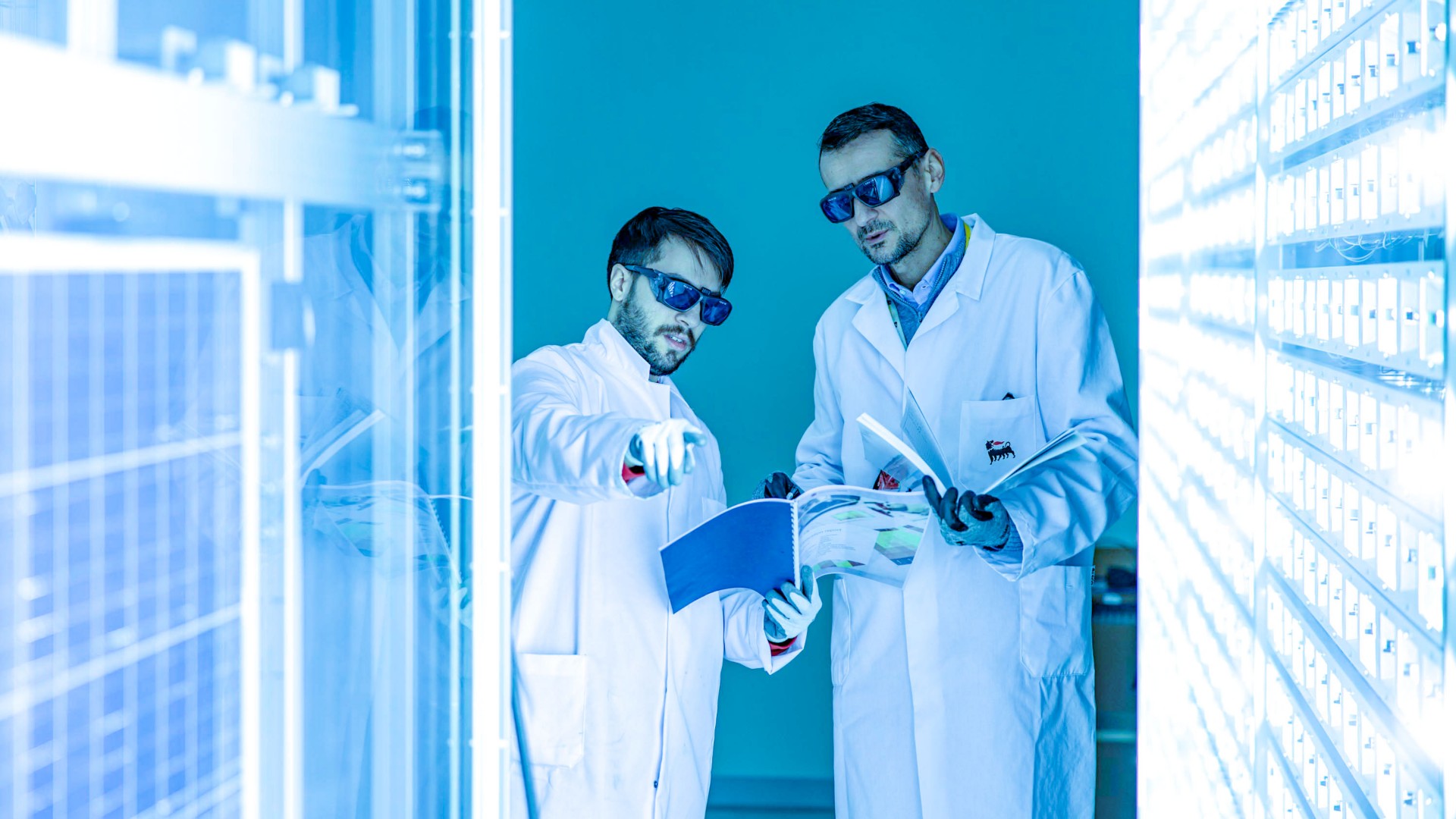
Technological neutrality is a principle according to which the energy transition can only be achieved through a flexible approach to available technologies, not limited to a single solution, but through a mix of technologies that can be used depending on their maturity and effectiveness in reducing emissions.
The need to adapt solutions to individual contexts
Decarbonization can only be achieved through a variety of technologies that are applied depending on the situation. Our flexible approach favours the use of all options in a complementary way, according to their maturity and effectiveness in reducing emissions. In our strategy, renewable energy, the electrification of end uses - for instance mobility and heating - and energy efficiency play a crucial role in the energy transition, but must be combined with other mitigation measures.
This is why we believe it is essential to combine, on a case-by-case basis:
Why developing new sources of energy is important
At the same time, we adopt a long-term perspective for the development of totally new technologies such as magnetic confinement fusion, a source of energy that could forever change the energy sector and guarantee a sustainable, clean and safe future.
We need to select the best options and move swiftly to deploy the solutions identified. It is not just our ability to preserve climate that is at stake, but also our competitiveness in our industrial system and its ability to create high quality employment and cohesion in our communities.
Claudio Descalzi
Chief Executive Officer of Eni

Technological neutrality according to the IEA
Contribution of each mitigation measure in the Net Zero Emissions scenario of the International Energy Agency (IEA), as a percentage of total emissions reduction from 2020 to 2050.
Go to the IEA scenariowind and solar
Electrification
change in consumption
energy efficiency
other alternative fuels
CO₂ capture and storage (CCS) and removal (CDR)
Bioenergy
Hydrogen
The roadmap for decarbonization through technologies
The strategic study “Zero Carbon Technology Roadmap. Carbon Capture and Storage: a strategic lever for the decarbonization and competitiveness of Italy” conducted in October 2023 by The European House - Ambrosetti in cooperation with Eni and Snam, highlights the benefits of the principle of technology neutrality with a particular focus on the potential of Carbon Capture and Storage (CCS) systems. Drawing on a thorough academic-scientific analysis and evaluations from European industry stakeholders, the paper emphasises the importance of combining the available technologies according to the relevant fields and contexts by identifying five levers for decarbonization from a life-cycle assessment perspective. This makes it possible to define a realistic and achievable path towards the decarbonization of the European Union by 2050. The details of the 100 enabling technologies for the green transition are outlined in the previous strategic study conducted in 2022 “Proposal for a Zero Carbon Technology Roadmap”, The European House - Ambrosetti (2022).
The enabling role of the Carbon Capture and Storage project
According to the study, Carbon Capture and Storage (CCS) acts as an enabling factor for the principle of technology neutrality, accelerating the decarbonization pathway. This technology in particular proves effective in the low-carbon production of electricity from fossil sources, in the hard to abate industries, in the decarbonization of hydrogen production from fossil sources, and in the production of synthetic fuels through the combination of CO2 and hydrogen.
CCS strategy in Europe
The strategic relevance of CCS is recognised in Europe. Mentioned in the Net Zero Industry Act of March 2023, CCS is also one of the strategic levers to increase EU competitiveness, with a target of 50 million tonnes per year of injection capacity by 2030.
Research and technological innovation
The activities of our Research Centers, a network of laboratories and pilot plants that support our business.
